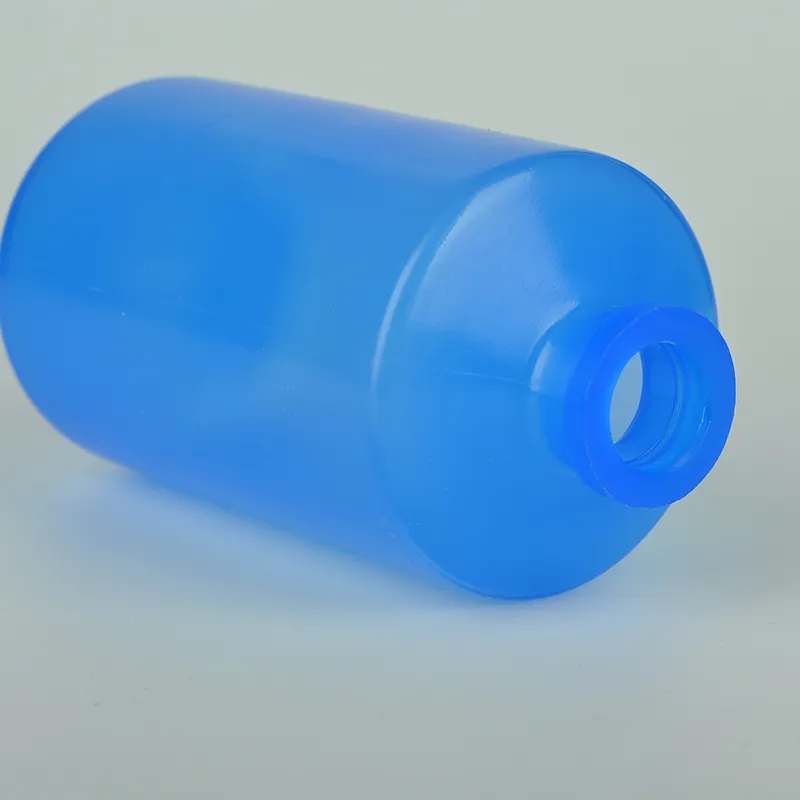
-
 Afrikaans
Afrikaans -
 Albanian
Albanian -
 Amharic
Amharic -
 Arabic
Arabic -
 Armenian
Armenian -
 Azerbaijani
Azerbaijani -
 Basque
Basque -
 Belarusian
Belarusian -
 Bengali
Bengali -
 Bosnian
Bosnian -
 Bulgarian
Bulgarian -
 Catalan
Catalan -
 Cebuano
Cebuano -
 Corsican
Corsican -
 Croatian
Croatian -
 Czech
Czech -
 Danish
Danish -
 Dutch
Dutch -
 English
English -
 Esperanto
Esperanto -
 Estonian
Estonian -
 Finnish
Finnish -
 French
French -
 Frisian
Frisian -
 Galician
Galician -
 Georgian
Georgian -
 German
German -
 Greek
Greek -
 Gujarati
Gujarati -
 Haitian Creole
Haitian Creole -
 hausa
hausa -
 hawaiian
hawaiian -
 Hebrew
Hebrew -
 Hindi
Hindi -
 Miao
Miao -
 Hungarian
Hungarian -
 Icelandic
Icelandic -
 igbo
igbo -
 Indonesian
Indonesian -
 irish
irish -
 Italian
Italian -
 Japanese
Japanese -
 Javanese
Javanese -
 Kannada
Kannada -
 kazakh
kazakh -
 Khmer
Khmer -
 Rwandese
Rwandese -
 Korean
Korean -
 Kurdish
Kurdish -
 Kyrgyz
Kyrgyz -
 Lao
Lao -
 Latin
Latin -
 Latvian
Latvian -
 Lithuanian
Lithuanian -
 Luxembourgish
Luxembourgish -
 Macedonian
Macedonian -
 Malgashi
Malgashi -
 Malay
Malay -
 Malayalam
Malayalam -
 Maltese
Maltese -
 Maori
Maori -
 Marathi
Marathi -
 Mongolian
Mongolian -
 Myanmar
Myanmar -
 Nepali
Nepali -
 Norwegian
Norwegian -
 Norwegian
Norwegian -
 Occitan
Occitan -
 Pashto
Pashto -
 Persian
Persian -
 Polish
Polish -
 Portuguese
Portuguese -
 Punjabi
Punjabi -
 Romanian
Romanian -
 Russian
Russian -
 Samoan
Samoan -
 Scottish Gaelic
Scottish Gaelic -
 Serbian
Serbian -
 Sesotho
Sesotho -
 Shona
Shona -
 Sindhi
Sindhi -
 Sinhala
Sinhala -
 Slovak
Slovak -
 Slovenian
Slovenian -
 Somali
Somali -
 Spanish
Spanish -
 Sundanese
Sundanese -
 Swahili
Swahili -
 Swedish
Swedish -
 Tagalog
Tagalog -
 Tajik
Tajik -
 Tamil
Tamil -
 Tatar
Tatar -
 Telugu
Telugu -
 Thai
Thai -
 Turkish
Turkish -
 Turkmen
Turkmen -
 Ukrainian
Ukrainian -
 Urdu
Urdu -
 Uighur
Uighur -
 Uzbek
Uzbek -
 Vietnamese
Vietnamese -
 Welsh
Welsh -
 Bantu
Bantu -
 Yiddish
Yiddish -
 Yoruba
Yoruba -
 Zulu
Zulu
Understanding Non-Consumable Items Used in Laboratory Settings and Their Importance
Understanding Non-Consumables in the Laboratory
In the realm of scientific research and experimentation, laboratories play a pivotal role. They are equipped with a wide array of tools and materials that facilitate experimental procedures and data collection. Among these materials, laboratory supplies are categorized mainly into consumables and non-consumables. This article focuses on non-consumables in the laboratory, defining their nature, significance, and examples.
Defining Non-Consumables
Non-consumables are items used in laboratory settings that do not get depleted or used up during a single experiment or over a short period of time. Unlike consumables, which are items that are used once or have a limited lifespan, non-consumables are designed for repeated use throughout many experiments or projects. They are integral to maintaining the functionality of the laboratory and contribute to the efficiency and effectiveness of scientific processes.
Significance of Non-Consumables
The importance of non-consumables in a laboratory cannot be overstated. First and foremost, they represent a significant investment for research institutions and laboratories. Ensuring the longevity and proper maintenance of non-consumable items is crucial, as these tools can often be quite expensive. Therefore, appropriate care and usage are essential to maximize their lifespan.
Moreover, non-consumables enable consistency and reproducibility in experiments. Many scientific investigations rely on specific apparatus and equipment to yield accurate and reliable results. For instance, precision scales and analytical balances must be regularly calibrated and maintained to uphold their performance standards. Using non-consumables, which remain constant across various experiments, ensures that researchers can obtain comparable data over time.
Examples of Non-Consumables in the Laboratory
what are non consumables in laboratory

A variety of items can be classified as non-consumables in a laboratory setting
. Some of the most common examples include1. Laboratory Equipment This category includes essential tools such as microscopes, centrifuges, autoclaves, and spectrophotometers. These machines are vital in a multitude of laboratory tasks, from analyzing cell structures to measuring the concentration of substances in solutions.
2. Glassware Items such as beakers, flasks, test tubes, and pipettes fall into this category. Although they may break and need replacement, glassware is generally used over extended periods, making them non-consumables. Proper cleaning and handling are essential to keep glassware functional.
3. Furniture and Fixtures Lab benches, storage cabinets, and fume hoods are all considered non-consumables. They provide the essential infrastructure required for conducting experiments and organizing supplies and samples.
4. Safety Equipment Personal protective equipment (PPE) like goggles, gloves, and lab coats, along with safety showers and eyewash stations, are classified as non-consumables as they are designed for long-term use and require maintenance.
5. Instrument Calibration Tools Items such as calibration weights or standards, which help ensure that laboratory instruments are functioning accurately, are essential non-consumables. They require careful handling and periodic checks to maintain accuracy.
Conclusion
In conclusion, non-consumables are indispensable components in any laboratory setting. They encompass a wide range of equipment, glassware, furniture, and safety devices that contribute to the effectiveness and safety of scientific research. Understanding their role underscores the necessity of proper management and maintenance to ensure that these essential tools serve the scientific community well. As research continues to evolve, the need for reliable non-consumables remains critical, driving innovation and discovery across various fields.
-
Premium 200ml Medicine Bottles – Leakproof Dropper & Spray Options at Best PriceNewsJul.05,2025
-
PTFE Centrifuge Tubes - Chemical Resistant, Leak-proof, Ideal for Laboratory UseNewsJul.05,2025
-
Premium Metal Dropper Bottle for Precise Dispensing 250ml & 1ml Options AvailableNewsJul.04,2025
-
20 ml Headspace Vials - High Quality Polyethylene & Plastic Vials for Lab UseNewsJul.04,2025
-
Small Bottle with Pipette - Precise Dispensing 100ml Pipette Bottles for Essential Oils & Lab UseNewsJun.24,2025
-
Acetic Anhydride Bottle for Accurate Dropper Measurement in Pharmacy Use High-Quality Dropper BottlesNewsJun.10,2025






















